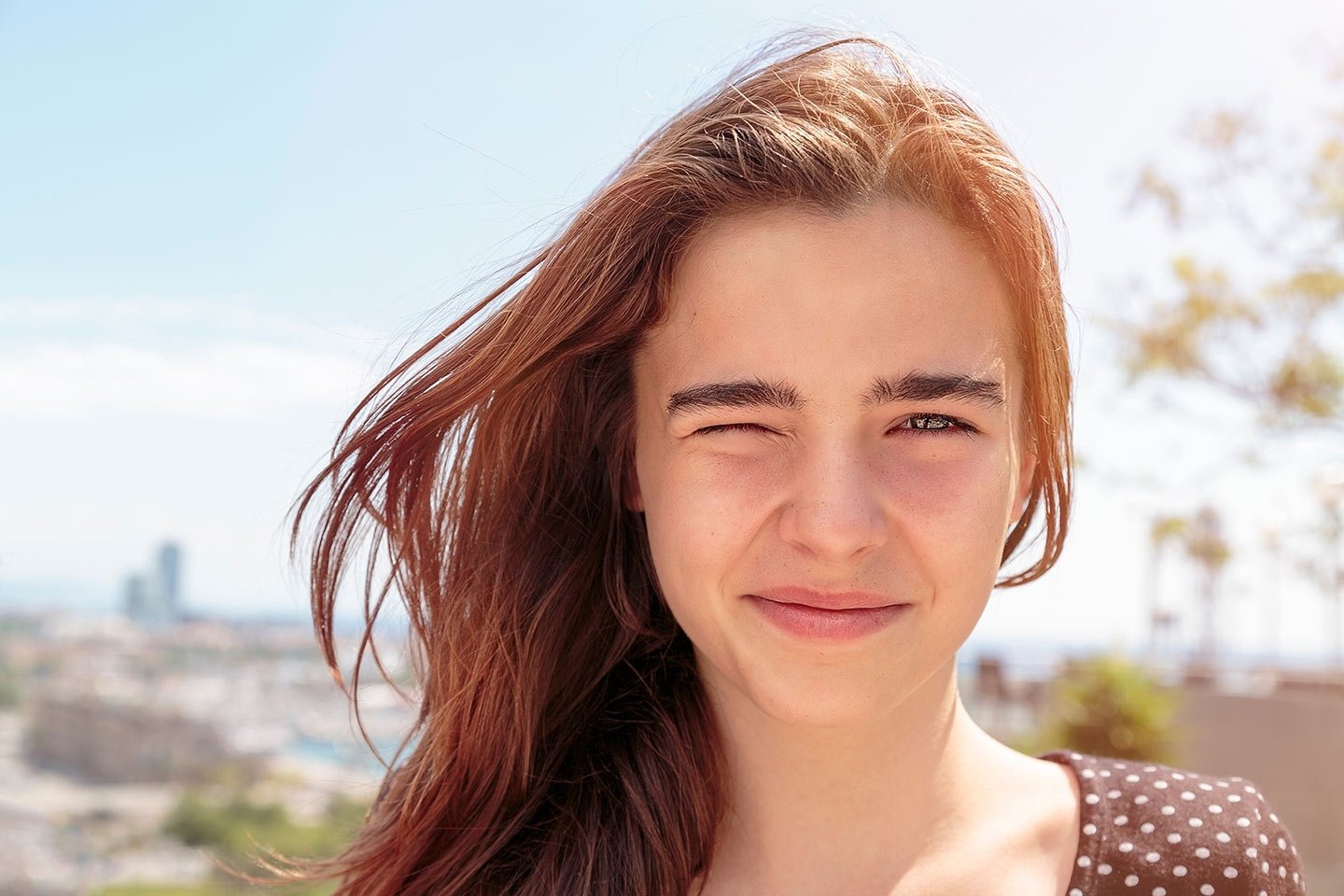Can Color Wall Make Light Sensitive Eyes

A study published in 2011 in the American Journal of Public health found a 12% increase in eye diseases caused by exposure to bright, cool, fluorescent lights. Think about the spaces where you spend the majority of your time. When you're making plans to furnish, decorate or build a home - at what point in the process do you consider the sources of light and their effects on your eyes? What about your office space? After all, these places have purposes, whether it's to rest and relax, or get to work and the last thing you're focused on is lighting. The type of light you use and are exposed to most often affects not only the ambience, but also your eye health. So choosing the right lighting source requires careful consideration. Below we share the best and worst light sources for your eyes. What to Avoid Bright white and cool fluorescent tube bulbs and incandescent bulbs emit the most UV radiation and cause the most damage to your eyes. The problems noted in the 2011 study, mentioned above, were linked to this type of light source. Luckily, there are a variety of other options to choose from. Excessive exposure to blue light from sources, like smartphones, tablets and some LED lighting, has also been shown to cause damage according to the American Optometric Association. They also state that extended exposure to sunlight, especially in the teenage years and for those that don't wear eye protection, can also lead to eye damage. What these sources of light have in common is that they are shorter wavelength light sources. What to Choose Alternative light sources are available that are not only safer for your eyes, but are also more energy efficient. Bulbs exist at different price points and for different uses. These options include the following: Incandescent Warm Light Bulbs: These traditional bulbs provide a warmer light that produces less UV rays than bright white bulbs. They are usually the cheapest bulbs to buy, but they are not energy efficient, so they can cost a little more in the long term. Full Spectrum Lighting: "Full Spectrum" is actually a marketing term when applied to light bulbs. These type of bulbs simulate natural sunlight and provide a balance of brightness and contrast. Their manufacturers claim they enhance readability, color perception, and mood. Brands of full spectrum bulbs include BlueMax, Verilux, and OTT Light. LED Bulbs: These are the most energy efficient bulbs, but they cost the most up front. They produce no UV rays. There are many myths regarding LED bulbs. One popular myth is that LED bulbs produce only "blue" light. However, LED bulbs are available in a range of colors and can provide warm light. Many people believe LED bulbs offer very little, if any, energy savings. However, studies show that they use less than half the energy of CFL bulbs and 1/8th to 1/10th the energy of conventional incandescent bulbs. Another common myth states that LED bulbs do not work with dimmers. This is also not true. A variety of dimmable LED bulbs are available at both Lowe's and Home Depot. Compact Fluorescent Lights (CFLs): CFL bulbs produce fewer UV rays and are more energy efficient than bright white incandescent and fluorescent tube bulbs. They are less energy efficient than LED bulbs, but they usually cost less up front. As with LED bulbs, many people believe CFL bulbs are not dimmable. But again, a variety of dimmable CFL bulbs can be found at Lowe's and Home Depot. Many consumers also believe CFL bulbs are harmful due to their mercury content. While it is true that CFL bulbs contain a small amount of mercury, it is much less than fluorescent tube bulbs. Overall, using CFL bulbs reduces the amount of mercury released into the environment from lighting. Lighting Tips for Healthy Eyes Light reaches your eyes not only from light bulbs in your house, but also from the sun, computers, mobile phones, and tablets. Besides choosing the right bulbs, there are many easy steps you can take to support your eye health. Protecting your eyes is important and can be easily achieved with a little planning. We would love to help you find more ways to promote eye health. Contact us with any questions about how to best protect your vision or to schedule an eye exam with one of our doctors.
Can Color Wall Make Light Sensitive Eyes
Source: https://www.horizonlaservision.com/blog/best-and-worst-light-sources-for-your-eyes